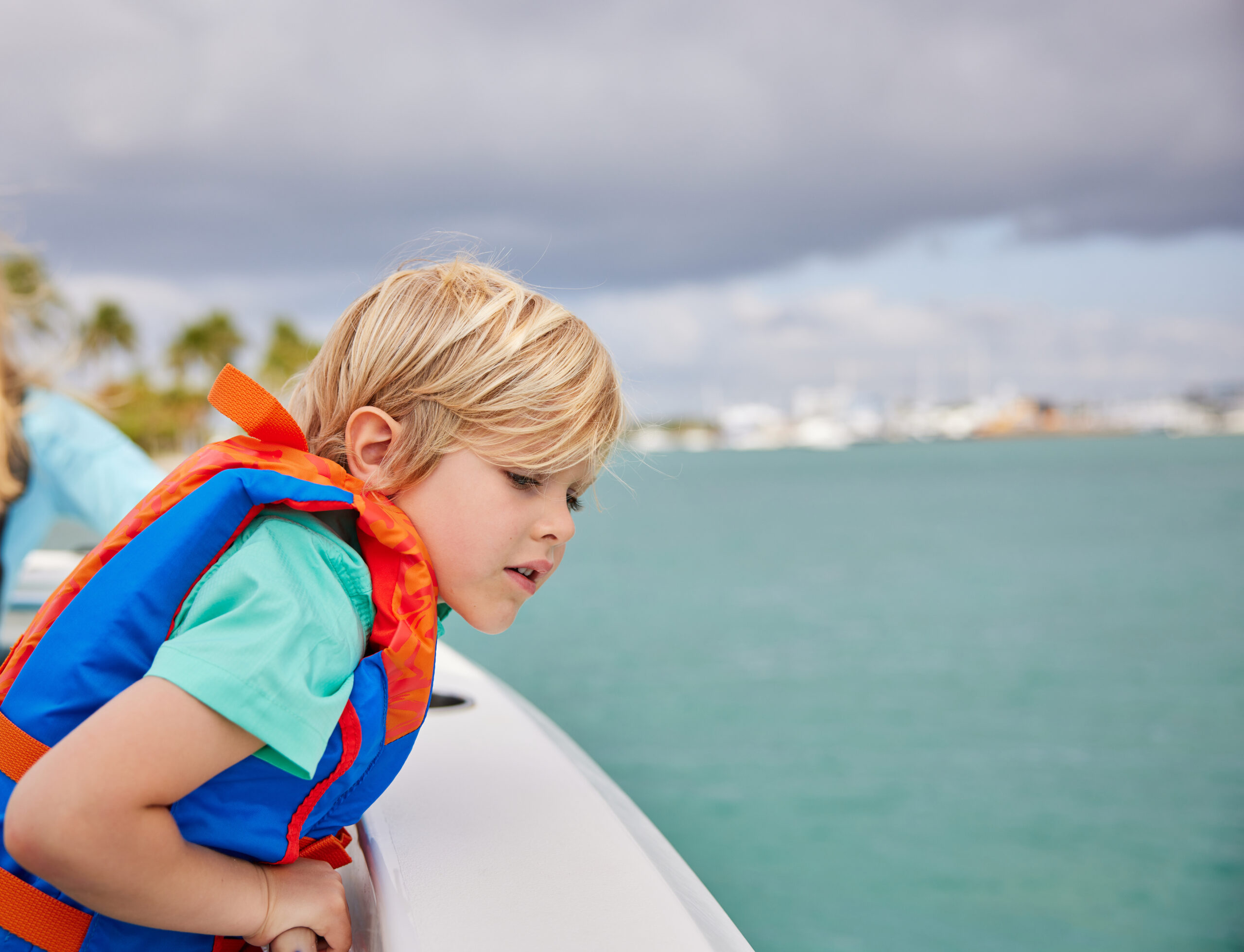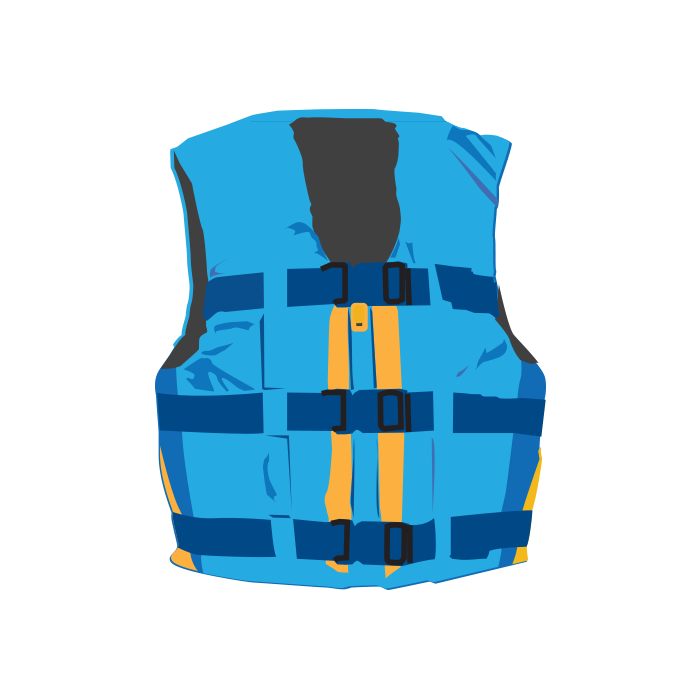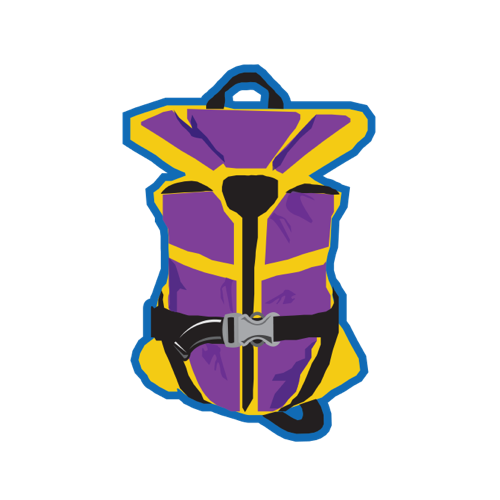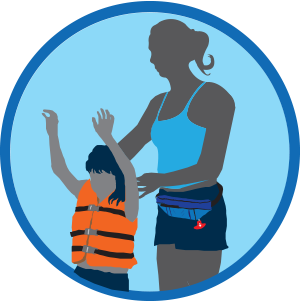Boating safety advocates recommend that all boaters and passengers not only have a life jacket, but wear it at all times while boating. Accidents on the water happen too fast to reach and put on a stowed life jacket.
Life Jackets

Life jackets for every boating activity

Suspender Inflatable
Life jackets that use inflatable technologies are cool and comfortable. Many inflate automatically when immersed in water.
Belt-Pack Inflatable
Always read the instructions before using. This style should only be used by strong swimmers, is a manual inflatable, and requires the user to put the neck strap over their head.
Inherently Buoyant
Inherently buoyant, lighter-weight life jackets come in a variety of colors and styles. Multiple buckles and clasps keep them secure after impact with the water.
Children
A variety of life jacket styles are available – some with cartoon characters or other high-visibility schemes – and many include safety features such as straps for pulling children from the water and head support. Never buy a life jacket for a child to grow into.
Pets
Don’t forget your four-legged friends. It’s helpful to purchase a life jacket with a handle on top to easily pull your pet out of the water, if needed.
“Saved by the Jacket”
Many lives have been saved throughout the world by boaters who did the responsible thing and wore a life jacket. Browse these real-life accounts of boaters who have been “Saved by the Jacket.”

No matter what the activity or style chosen, the most important thing is this: Be responsible and always wear your life jacket while boating.










